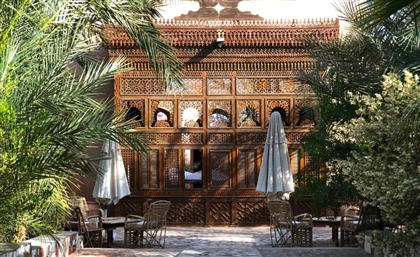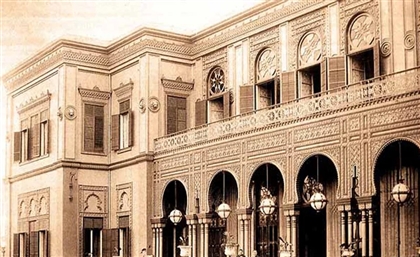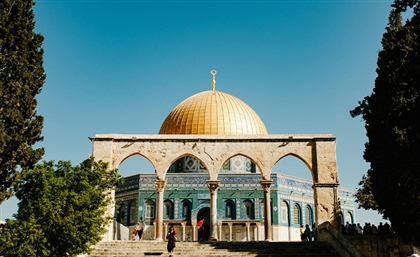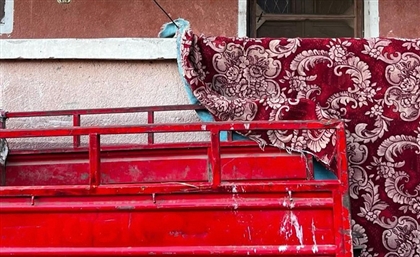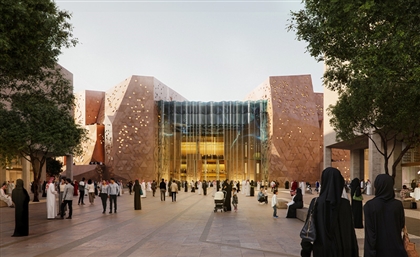The Sofitel Winter Palace Luxor And The Secrets Its Walls Could Tell
From Agatha Christie to Hillary Clinton, Sofitel Winter Palace Luxor has, for almost a century, hosted the world's biggest celebrities and most powerful leaders. If its walls could speak, we imagine they would begin with the tale of Carter and Carnarvon and the hunt for King Tut's tomb...
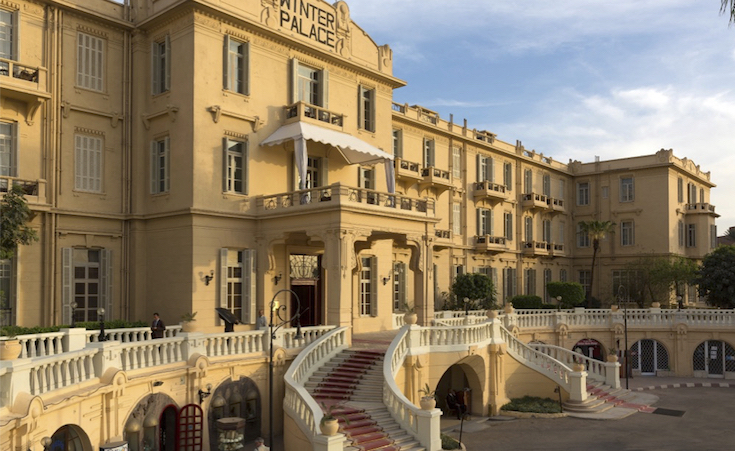
November 22nd, 1922, Luxor, Egypt. After making a small hole in the sealed wall, Howard Carter pushed a candle through it. At first he could see nothing; and then his eyes adjusted to the light. When Lord George Herbert Carnarvon asked, “Can you see anything?” Carter replied, “Yes, wonderful things!” Just a few hours before this first peek into the golden tomb of King Tutankhamen, Carter and Carnarvon were discussing the find from the veranda of the Sofitel Winter Palace Luxor.
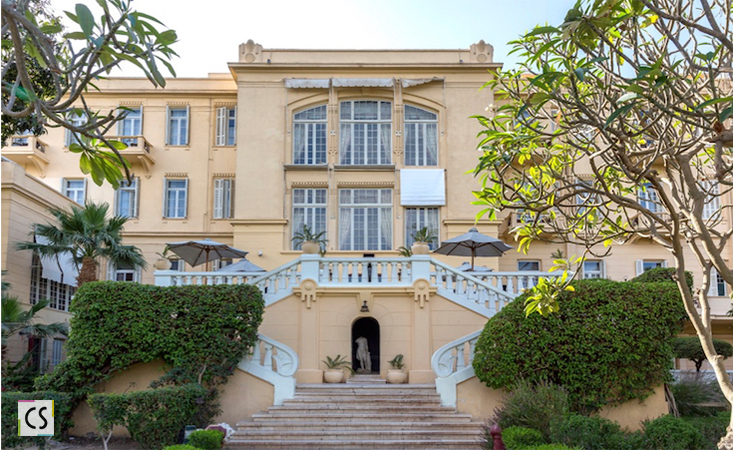
As of January 1923, this hotel had become one of the most famous in the world. Celebrities, thrill seekers, as well as the press flooded the hotel to attend the daily conferences, where Carter and Carnarvon spoke side by side from the veranda detailing every step of the excavation.
Egyptologist, Carter, and his investor Carnarvon, had already been coming to Luxor every winter for a few years. Carnarvon started coming to Egypt in 1903 following a car crash in Germany that left him disabled. His doctors recommended going to Egypt; they claimed the warm climate and clean air of Cairo would aid in his recovery. Carnarvon, however, decided that Cairo was too “dull” for his liking and moved to Luxor in order to pursue his new hobby, Egyptology, and for about four months per year, the Winter Palace became his new home while he oversaw the excavations that he financed.
At that time, the 19th century palace was still brand new and was used as a winter retreat by the Egyptian royal family and the country’s elite. The rich and decorative design came from Dutch architect Leon Stiedon, who served as the Consul General in Alexandria. Stiedon was educated at the Academie Royal des Beaux-Arts and was asked to design it by the Upper Egypt Hotels Company that had just bought a fifty thousand squared kilometer plot of land by the Nile.
The building is constructed around a main hall with a beautiful marble staircase that ascends around a magnificent glass chandelier. On both sides, the hotel has two large wings that run parallel to the Nile. The ground floor is reserved for service rooms, restaurants and a ballroom with a 100-year-old rug donated by the Belgian queen. The bar is filled with antiques and century old furniture and is breathtaking and relaxing to sit in - it feels like any moment Lord Carnarvon could enter to smoke his usual cigar and drink his regular whiskey.
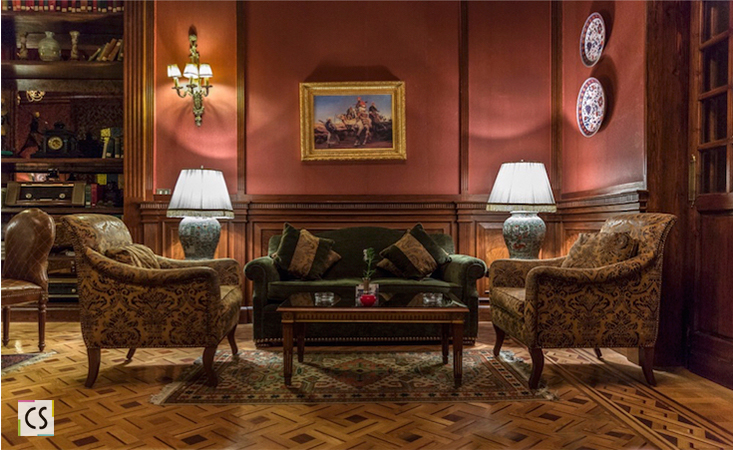
The top floors are reserved for rooms with high ceilings and beautiful fixtures. Some rooms overlook the Nile with the Theban hills and temples in the background. The others overlook the most gorgeous garden in Luxor, and possibly the whole of Egypt. The 40,000 square meter oasis contains fifty different species of trees, some of which are around 120 years old.
The most luxurious suite is the Royal Suite. It is located on the first floor right above the entrance to the hotel and it comes with its own fireplace (now purely decorative), kitchen, living area, and a grand terrace overlooking the Nile.
After the construction of the hotel, some criticised “this hasty modern production” that dominated Luxor. They said it would mean “the end of Luxor” that, at the time, was mostly made up of classic white painted mud brick houses and some mosques and churches in between the ancient Egyptian Temples.
While the atmosphere in Luxor has changed since then, the Winter Palace remains largely the same. True, the facilities have been upgraded to meet modern standards, and a large heated swimming pool has been installed in the garden, but the place still has an old feel to it.
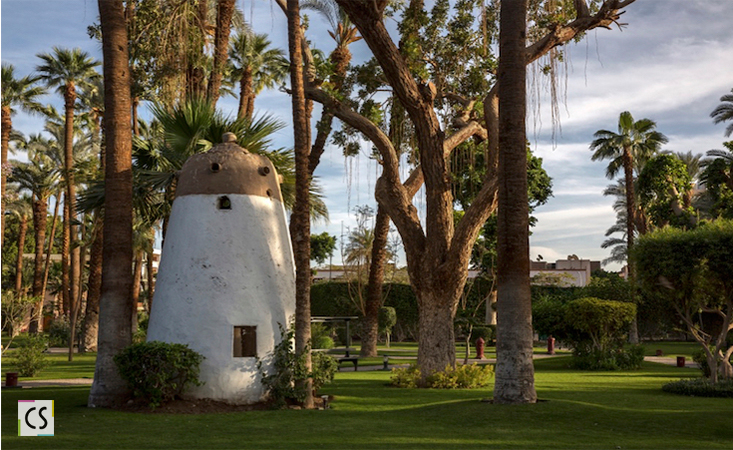
Now, on the same veranda where Carter and Carnarvon drank their tea and discussed the discovery of King Tutankhamen’s tomb over 90 years ago, staff member Al-Tawab Youssef, who has been working at the hotel for 35 years, remembers his time there. As he’s pouring the tea, he starts reminiscing about how he started working there: “I replied to an ad in the paper and I was accepted. I worked for the first year as a trainee, just learning how to properly hold a cup, how to polish it; a full year working in the background with no contact with customers. After a year, I started gradually working the restaurants.”
He remembers the early days of his employment, when the hotel was nearly self sufficient, growing their own produce in the gardens and raising their own poultry. Many of the staff members, who are called “Ambassadors” by the hotel, work at the Palace for a lifetime, where they receive extensive training, develop skills and acquire knowledge that they then pass on from generation to generation, as the Luxor community has been doing since the rule of the Pharaohs.
Sitting in the great ballroom, staff member Shawki Moussa, who works in housekeeping, explains how his father taught him his skills and how he is now passing on that knowledge to his son. He explains, “Back when I started, housekeeping was called supervision. We used to wear turbans and white Jalabyas, but when the hotel changed management, so did the uniforms.” He also explains that housekeeping means more than just cleaning the rooms and filling up the minibars. “The good housekeeper needs to be absolutely aware of the requests of the guests to give them the best experience,” Moussa says. He recalls, “Recently, I had a guest here and it was his birthday. I didn’t know that and I arranged a little decoration with flowers as I usually do on his bed. When he saw it, he was happy and didn’t know how anyone knew it was his birthday, and then his wife kissed him and pretended that she had arranged it and took all the credit!”
The Winter Palace has received many notable guests over the years, such as Agatha Christie, Margaret Thatcher, Al Gore, Hillary Clinton and many presidents. In December 2007, the president of France, Nicolas Sarkozy brought his then-girlfriend, Carla Bruni, along on a state visit. “I arranged a welcome note for them on their bed with flowers in the shape of a heart and they were very pleasantly surprised,” tells Moussa. "Mr. Sarkozy was very modest and well mannered," says another staff member. “At first, I didn’t really know who he was and stopped him from entering the restaurant in his casual outfit and he just turned around and left. Later his security detail informed me of who that man was.”
Different management over the years has tried to change the Palace to be attractive to the currents trends of the time. In 1975, the complex was expanded with the construction of the New Winter Palace. A modern tall concrete building, this 3-star expansion was demolished in 2008 to restore the overall classic appearance of the hotel.
Moussa clarifies that guests who come to the palace have the newest in their country, and that’s not what they want. “They want the old. They walk through these doors and feel as if they’re walking into a temple,” and that is the true luxury that is the Sofitel Winter Palace Hotel.
You can check out their Facebook page here or follow them on Instagram @sofitelwinterpalace.
- Previous Article Dr.Sisilove or How (Not) To Diffuse A Bomb
- Next Article Cheen's New Single and Music Video is Cataclysmically Good




